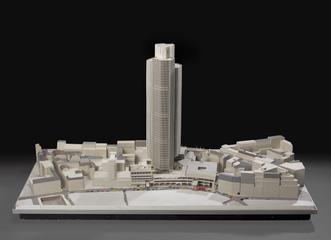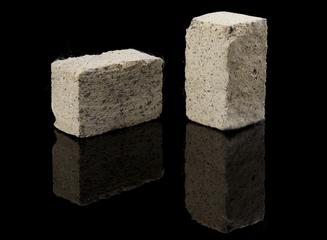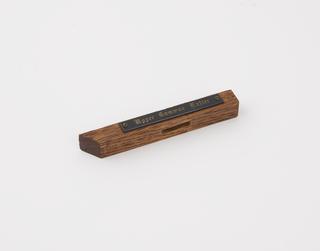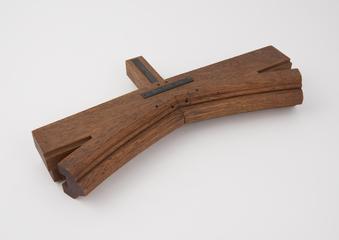
Engraving of James Vauloué’s pile-driving machine




Print (engraving). Engraved by William Henry Toms after Hubert-François Gravelot; printed for Carington Bowles, London, 1763-1793. Titled ‘A Perspective View of the Engine, now made use of for Driving the Piles of the | New Bridge at WESTMINSTER: most Humbly Inscrib’d to the Honble. Commissioners for | Building the said Bridge, by the Inventor. – James Vauloue. Watch-Maker.’ The print depicts James Vauloué’s pile-driving machine used in the construction of the original Westminster Bridge. The machine is shown on a body of water, its capstan driven by three horses under the command of a man with a whip. Inset diagrams provide plan and section views of various parts of the apparatus: the former lettered ‘A Plan of the | Drum, Spiral Barrel, | & Crooked Leaver, &c.’; the latter lettered ‘A Section of the great | Wheel, Drum, and Shaft, &c.’. A third inset diagram shows a detail view of tongs. A key to the pile-driver’s essential components, headed ‘REFERENCES’ and lettered A-M (minus J), is printed at the top right as if on a scroll, along with a summary of how the machine operates. Lettered underneath the composition with title, and within the composition with maker and publication details as follows: ‘H. Gravelot Delin. | W. H. Toms Sculpt.’; ‘Printed for Carington Bowles in St. Pauls Church Yard, London.’
Westminster Bridge was originally built between 1738 and 1750, at a time when central London’s only other river crossing was London Bridge. This engraving depicts the machine that was used to drive the timber piles, or foundations, of the new bridge at Westminster into the bed of the River Thames. It shows how the machine was driven by horses to raise a ram to the top of a 20-foot tower before being released. Driving the piles 14 feet into the riverbed every hour, the machine sped up the construction process considerably. Its designer, watchmaker James Vauloué, was awarded the Royal Society’s prestigious Copley Medal.
Vauloué’s pile-driving ‘Engine’ was celebrated at the time as a major technological innovation. Print-sellers sold souvenir images of it for a shilling, and natural philosophy lecturers regularly used models of it to demonstrate the application of mechanical principles to practical projects. One such model is now in the Science Museum Group’s permanent collection; another is on long-term loan from King’s College London (SMG object nos. 1903-2 and 1927-1197 respectively). The pile-driver’s role in the construction of Westminster Bridge was also recorded in paintings by artists like Richard Wilson (Tate) and Samuel Scott, who produced at least three such scenes (Bank of England Museum; Metropolitan Museum of Art; Yale Centre for British Art). Versions of this particular print were published as early as 1738 by Vauloué himself, around the time that construction work on the bridge began. This impression, though, appears to have been published by Carington Bowles between about 1763 and 1793, long after the bridge was completed. This suggests that the pile-driver held enduring appeal in the popular imagination.
Despite some opposition to its construction, particularly from London’s watermen who made a living ferrying people across the Thames, Westminster Bridge led to new developments and improved roads, particularly south of the river. It was replaced in the mid-nineteenth century with a new bridge which remains to this day.
Details
- Category:
- Building Construction
- Object Number:
- 1899-117
- Materials:
- Paper (fibre product) and printing ink
- Measurements:
-
overall: 450 mm x 360 mm
- credit:
- South Kensington Museum (Art Library)




